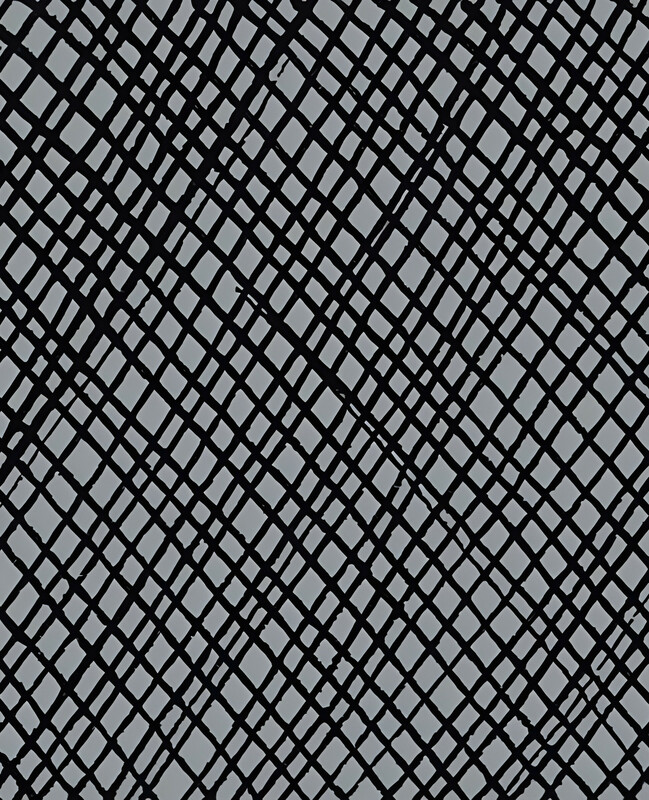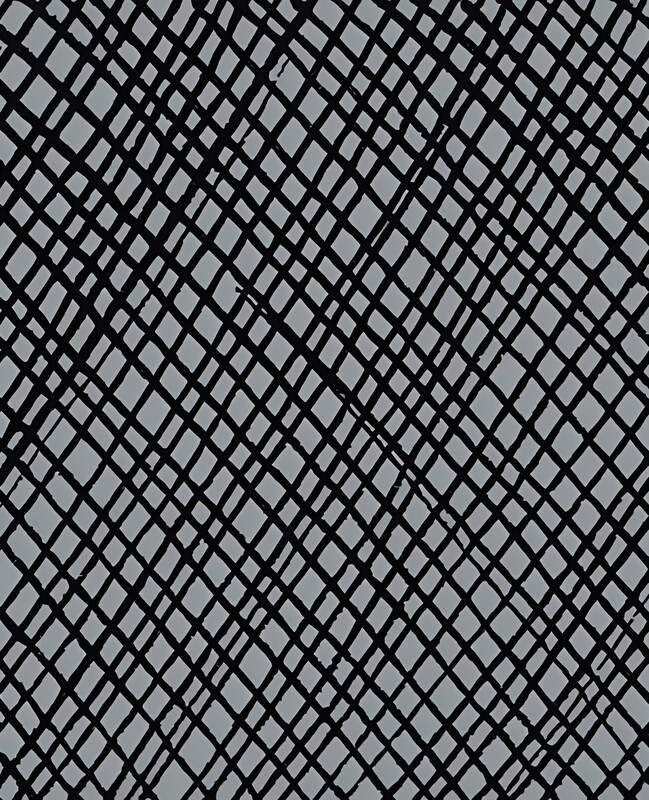Items
Provenance is exactly
Biblioteca Nacional de España
-
 El teléfono fantasma A half-page comic-strip, with six drawings and no text, which shows a small boy playing with a wall-mounted telephone typical of the very early twentieth century. He uses a hat and suit of clothes to make the telephone look like a human figure facing the wall. The boy leaves the room. Then a Black male cleaner, carrying mop and bucket, enters the room, unaware of the figure. The telephone rings and he turns to look. Astonished at what he sees, he falls over in amazement, cartoon-style.
El teléfono fantasma A half-page comic-strip, with six drawings and no text, which shows a small boy playing with a wall-mounted telephone typical of the very early twentieth century. He uses a hat and suit of clothes to make the telephone look like a human figure facing the wall. The boy leaves the room. Then a Black male cleaner, carrying mop and bucket, enters the room, unaware of the figure. The telephone rings and he turns to look. Astonished at what he sees, he falls over in amazement, cartoon-style. -
 Las razas mayores This image, the title of which translates as “The main races”, occupies half a page of the magazine and has two rows, each with four line-drawings. Each drawing has a label and some of these are the names of what were taken, in the early twentieth century, to be the main human “races” - Caucasian, Mongoloid, Indian, Ethiopian. There are some other labels which are semi-serious or humorous - Red (i.e. “Red Indian”, meaning Indigenous American), Modern, Diabolical and Horse.
Las razas mayores This image, the title of which translates as “The main races”, occupies half a page of the magazine and has two rows, each with four line-drawings. Each drawing has a label and some of these are the names of what were taken, in the early twentieth century, to be the main human “races” - Caucasian, Mongoloid, Indian, Ethiopian. There are some other labels which are semi-serious or humorous - Red (i.e. “Red Indian”, meaning Indigenous American), Modern, Diabolical and Horse. -
 Episodio carnavalesco The one-page comic-strip with six black-and-white panels narrates how three well-off young men, while out on a drinking spree, buy carnival-style masks. One has a mask showing a caricatured African face. Arriving home very drunk, he goes to bed with the mask still on. In the morning, his mother comes into the bedroom with coffee, sees him asleep, mistakes him for a Black man, and screams in alarm that there are thieves in the house.
Episodio carnavalesco The one-page comic-strip with six black-and-white panels narrates how three well-off young men, while out on a drinking spree, buy carnival-style masks. One has a mask showing a caricatured African face. Arriving home very drunk, he goes to bed with the mask still on. In the morning, his mother comes into the bedroom with coffee, sees him asleep, mistakes him for a Black man, and screams in alarm that there are thieves in the house.
